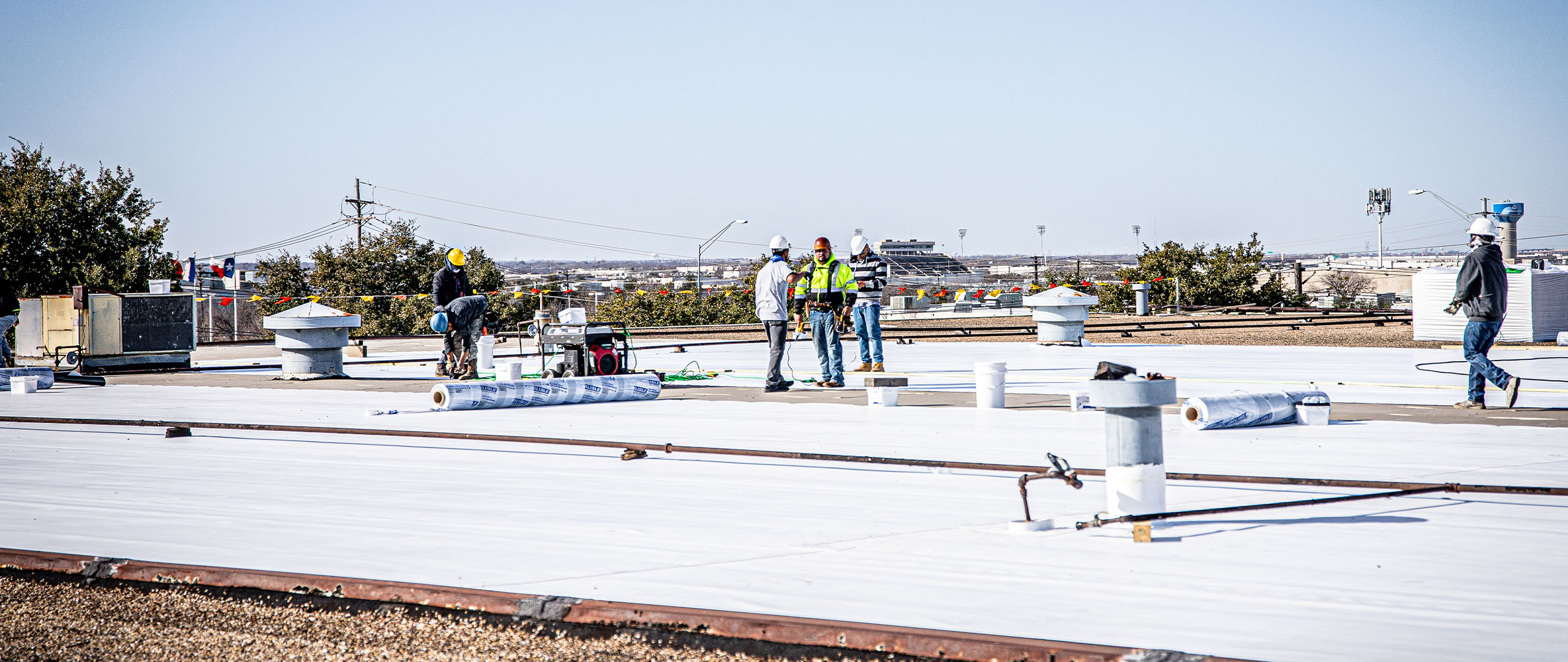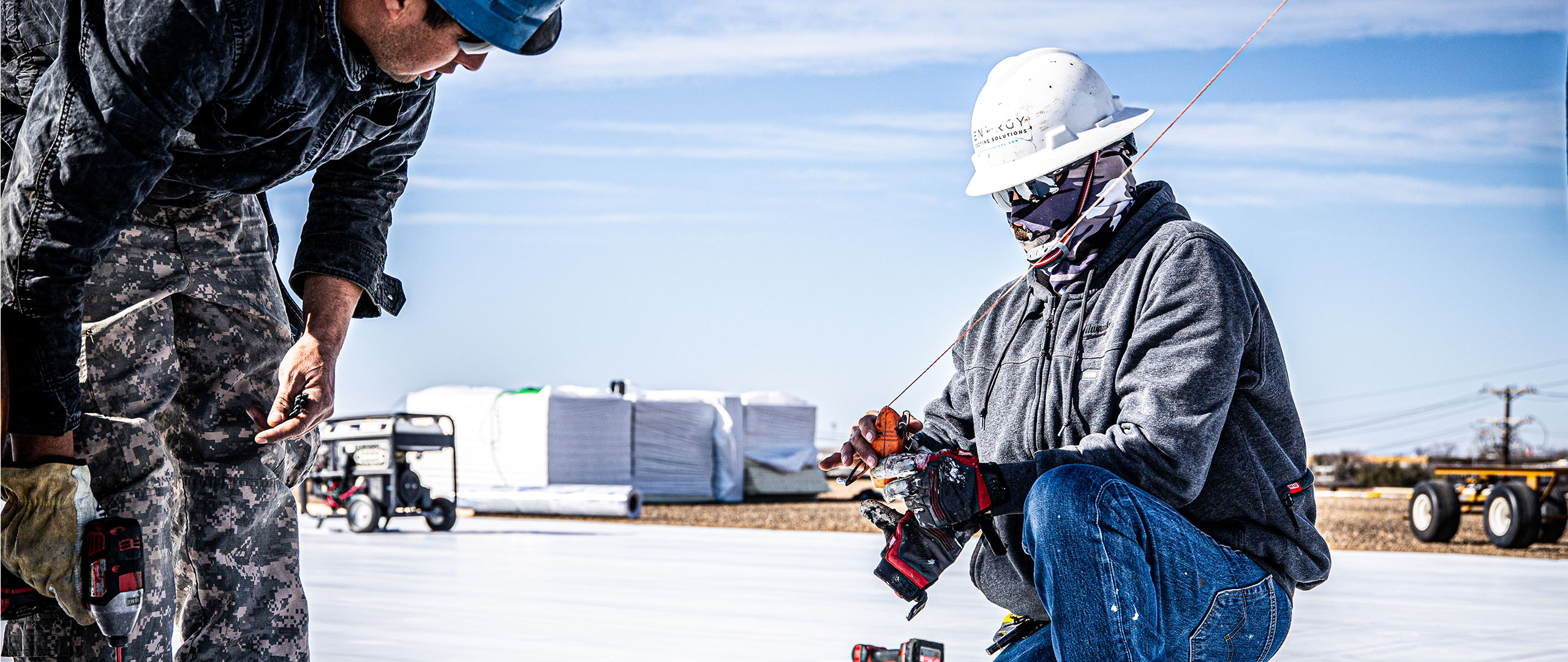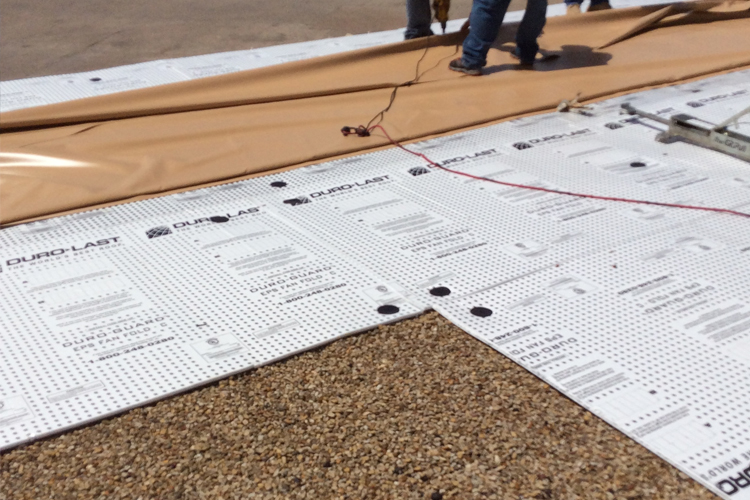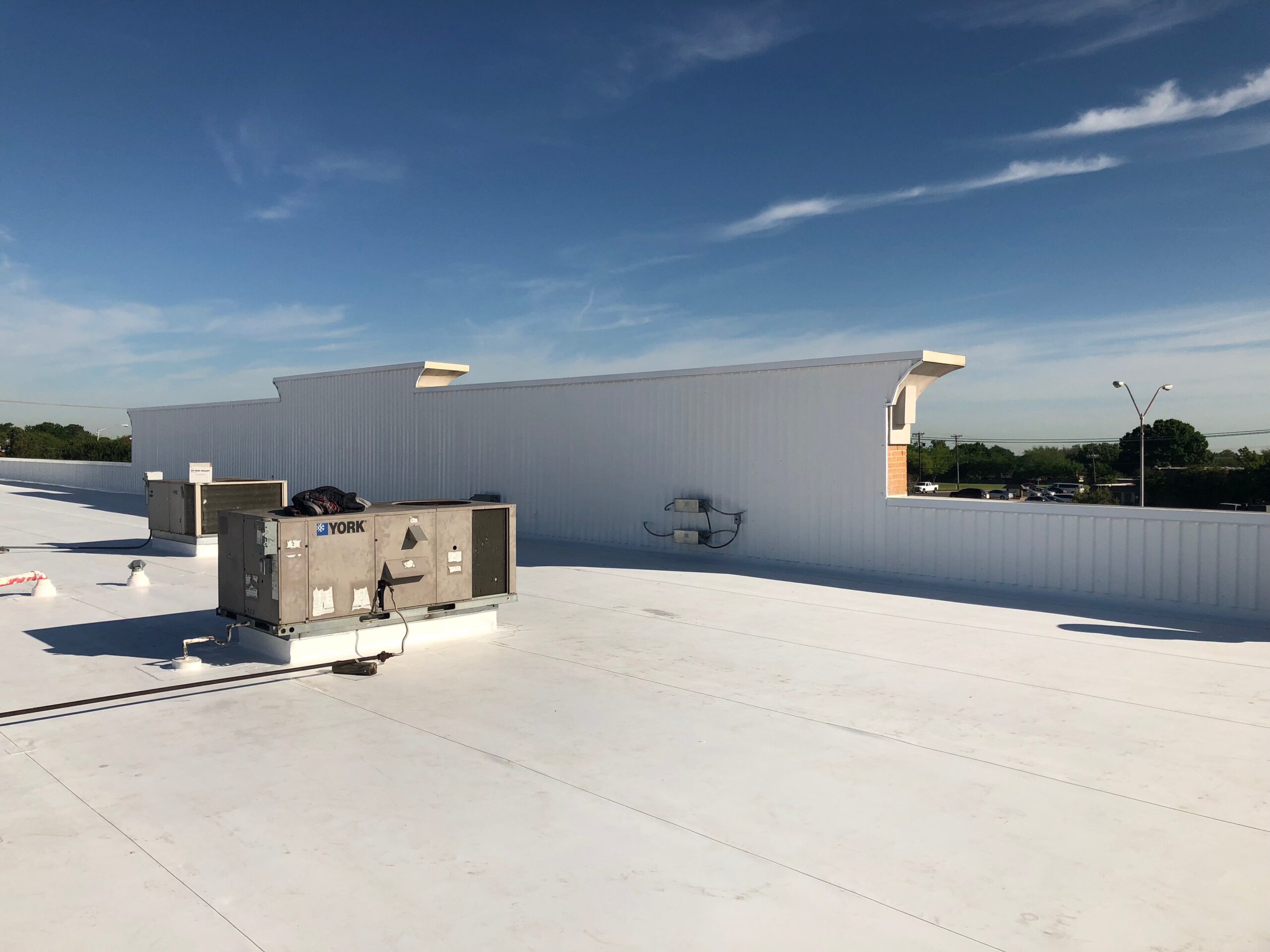As businesses increasingly recognize the importance of employee well-being and productivity, one often-overlooked factor is the role of building infrastructure in achieving these goals. Among the various aspects of a building that can influence employee comfort and productivity, the roof stands out. Specifically, white roofs have garnered attention for their potential to create a more comfortable indoor environment, reduce energy costs, and enhance overall productivity. This blog post explores how white roofs can achieve these benefits and provides practical insights for businesses considering this innovative roofing solution.
What Are White Roofs?
White roofs, also known as cool roofs, are designed to reflect more sunlight and absorb less heat than standard roofs. They achieve this through reflective materials or coatings that have high solar reflectance and thermal emittance. By reducing the amount of heat transferred into a building, white roofs help maintain lower indoor temperatures, especially during hot weather.
The Impact of Temperature on Employee Productivity
Research has consistently shown that temperature plays a critical role in employee productivity. When indoor temperatures are too high, employees can experience discomfort, fatigue, and decreased concentration, all of which negatively impact their performance. Conversely, maintaining an optimal temperature can enhance comfort, focus, and productivity.
How White Roofs Improve Indoor Comfort
White roofs contribute to indoor comfort in several ways:
- Lower Indoor Temperatures: By reflecting sunlight, white roofs reduce the amount of heat that enters the building, resulting in cooler indoor temperatures.
- Reduced Reliance on Air Conditioning: Cooler indoor temperatures mean that air conditioning systems don’t have to work as hard, leading to more consistent and comfortable temperatures throughout the building.
- Improved Air Quality: With less need for air conditioning, there’s less air recirculation, which can improve indoor air quality by reducing the spread of pollutants and allergens.
Benefits of White Roofs for Employee Productivity
1. Enhanced Focus and Concentration
Comfortable indoor temperatures help employees maintain focus and concentration. When employees are not distracted by discomfort from excessive heat, they can perform their tasks more efficiently and effectively.
2. Reduced Absenteeism
Comfortable working conditions can lead to fewer instances of heat-related illnesses and discomfort, reducing absenteeism and ensuring that employees are present and productive.
3. Increased Energy Savings
By reducing the need for air conditioning, white roofs can lead to significant energy savings. These savings can be reinvested in other areas that directly contribute to employee productivity, such as better office equipment or wellness programs.
Practical Insights: Implementing White Roofs
For businesses considering white roofs, it’s essential to understand the different types and their respective benefits and costs. The following table summarizes some key options:
| Type of White Roof | Description | Benefits | Considerations |
|---|---|---|---|
| Reflective Coatings | Applied to existing roofs to enhance reflectivity | Cost-effective, easy to apply | May need reapplication over time |
| Single-Ply Membranes | Prefabricated sheets installed over the roof surface | High reflectivity, durable | Higher initial cost |
| White Metal Roofs | Metal panels with reflective coatings or naturally reflective surfaces | Long lifespan, high durability | Can be expensive, noise issues |
| White Tile Roofs | Clay or concrete tiles with reflective coatings | Aesthetic appeal, long-lasting | Heavier, may require structural support |
Steps to Implement White Roofs
1. Assessment: Evaluate the current condition of your roof and determine the feasibility of a white roof based on factors such as climate, roof slope, and building structure.
2. Selection: Choose the type of white roof that best suits your building’s needs and budget. Consider consulting with roofing professionals for expert advice.
3. Installation: Hire experienced contractors to ensure proper installation. Proper installation is critical to achieving the full benefits of a white roof.
4. Maintenance: Regular maintenance is essential to sustain the performance of a white roof. Schedule periodic inspections and cleanings to remove dirt and debris that can reduce reflectivity.
Case Study: A Real-World Example
Consider a mid-sized office building in a hot climate that implemented a white roof system. Before the installation, employees frequently complained about the heat, and the air conditioning system struggled to maintain a comfortable temperature. After installing a reflective coating on the existing roof, the building experienced a noticeable reduction in indoor temperatures. Employees reported feeling more comfortable, and there was a marked improvement in productivity. Additionally, the building’s energy costs decreased by 15%, providing a return on investment within three years.
Additional Benefits of White Roofs
1. Environmental Impact
White roofs help mitigate the urban heat island effect, where urban areas become significantly warmer than their rural surroundings due to human activities. By reflecting sunlight and reducing heat absorption, white roofs contribute to lowering overall urban temperatures.
2. Extended Roof Lifespan
White roofs can prolong the lifespan of a roof by reducing thermal expansion and contraction, which are common causes of roof degradation. This means fewer repairs and replacements, leading to long-term cost savings.
3. Enhanced Building Value
Buildings with white roofs can have a higher market value due to their energy efficiency and sustainability features. Prospective buyers or tenants may be willing to pay a premium for buildings that offer these benefits.
Common Myths About White Roofs
1. White Roofs Are Only Beneficial in Hot Climates: While white roofs are particularly effective in hot climates, they can also provide benefits in cooler climates by reducing the need for heating in the summer and insulating the building in the winter.
2. White Roofs Are Expensive: While the initial cost of some white roof systems can be higher, the long-term energy savings and extended roof lifespan often outweigh the upfront investment.
3. White Roofs Are Only for New Buildings: White roof technologies can be applied to existing buildings through retrofitting, making them accessible to a wide range of structures.
Taking the Next Step: Implementing White Roofs for Your Business
White roofs offer a practical and effective solution for improving employee comfort and productivity. By reducing indoor temperatures, decreasing energy consumption, and creating a more pleasant working environment, white roofs can significantly enhance the overall performance of a business. As companies continue to prioritize employee well-being and sustainability, the adoption of white roofs is likely to become increasingly common.
Get Started with White Roof Solutions Today
Ready to transform your building with a white roof? Here are the steps to take:
- Consult with Experts: Contact roofing professionals to discuss the best white roof options for your specific needs and budget.
- Schedule an Assessment: Arrange for a detailed assessment of your current roof to determine the most suitable white roof solution.
- Plan Your Installation: Work with your chosen contractor to develop a comprehensive installation plan that minimizes disruption to your business operations.
- Maintain Your Roof: Establish a regular maintenance schedule to ensure your white roof continues to perform at its best.
For personalized advice and top-quality white roof solutions, reach out to Energy Is Cool today. Our team of experts is ready to help you improve your building’s energy efficiency, enhance employee comfort, and boost overall productivity.
Join the Cool Roof Movement
Join the growing number of businesses benefiting from white roofs. Stay ahead of the curve by investing in this innovative roofing solution that supports sustainability, reduces







